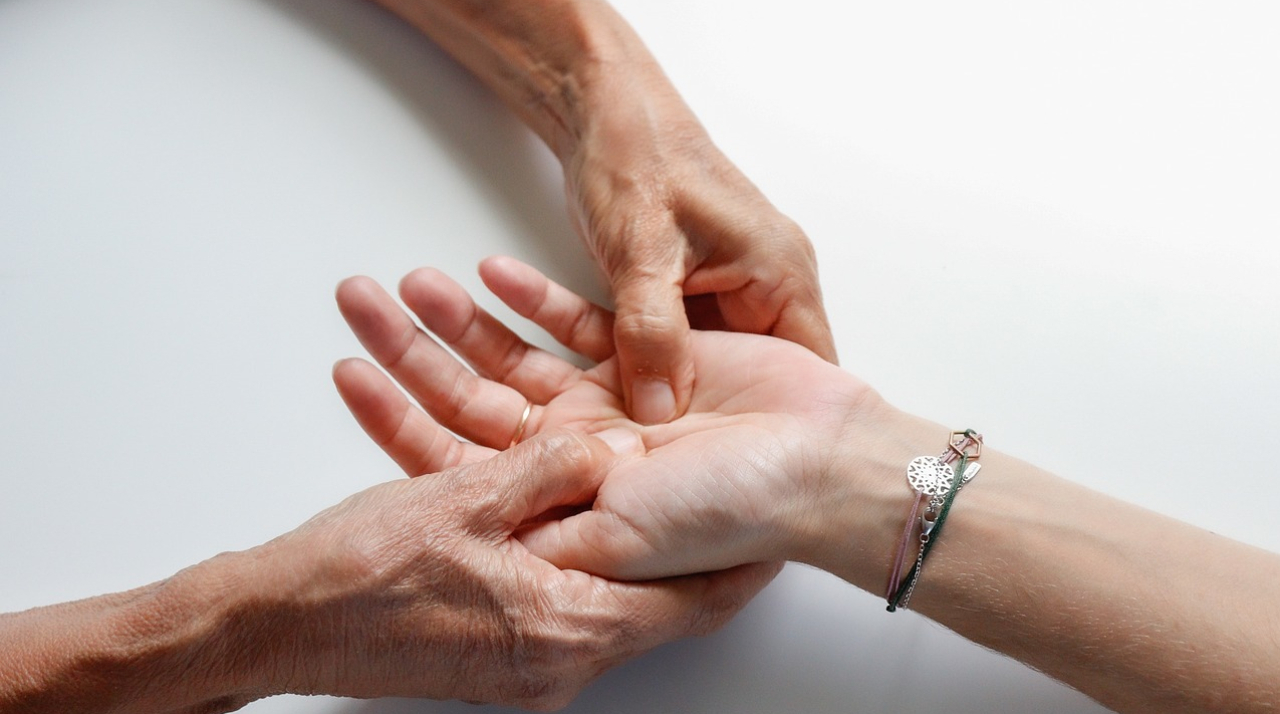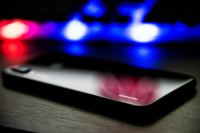At our Palmistry Blog, we invite you to embark on a journey of discovery as we unveil seven fascinating insights about palmistry and its intriguing revelations about the human hand.
1. The Language of Lines
Palmistry is often associated with the examination of palm lines, also known as creases or markings on the palm's surface. These lines are believed to hold clues about an individual's personality, traits, and destiny. The three primary lines in palmistry are the heart line, head line, and life line, each representing different aspects of life and character.
2. The Heart Line
The heart line, located just below the fingers, is associated with emotions, relationships, and matters of the heart. Its length, depth, and curvature are believed to reveal insights into an individual's romantic inclinations, emotional expression, and relationship dynamics.
3. The Head Line
Running horizontally across the middle of the palm, the head line is linked to intellect, cognition, and communication. Its characteristics, such as length, depth, and shape, are thought to reflect cognitive abilities, problem-solving skills, and mental agility.
4. The Life Line
Contrary to popular belief, the life line does not indicate lifespan but rather vitality, energy, and overall well-being. Its trajectory, depth, and interruptions are interpreted to provide insights into an individual's physical health, resilience, and zest for life.
5. Hand Shapes
In addition to palm lines, palmistry also examines hand shapes as indicators of personality traits and predispositions. Common hand shapes include square, rectangular, spatulate, and conic, each associated with different personality profiles and behavioral tendencies.
6. Finger Lengths
The relative lengths of fingers, known as digit ratios, are believed to hold significance in palmistry. Studies have suggested correlations between finger lengths and prenatal hormone exposure, with implications for personality traits, behavioral tendencies, and even risk factors for certain health conditions.
7. Mounts
Along with lines and hand shapes, palmistry also considers the prominence of mounts, or fleshy areas on the palm, as indicators of personality traits and inclinations. Each mount corresponds to different planetary influences and is associated with specific characteristics and talents.
Palmistry, with its rich history and enigmatic allure, continues to intrigue and captivate seekers of self-discovery and insight. While skeptics may dismiss it as mere superstition, enthusiasts and practitioners find value in its ability to provide guidance, introspection, and a deeper understanding of the human psyche. Whether as a tool for self-reflection, relationship assessment, or simply curiosity, palmistry offers a unique lens through which to explore the mysteries of the human hand and unlock the secrets within.















